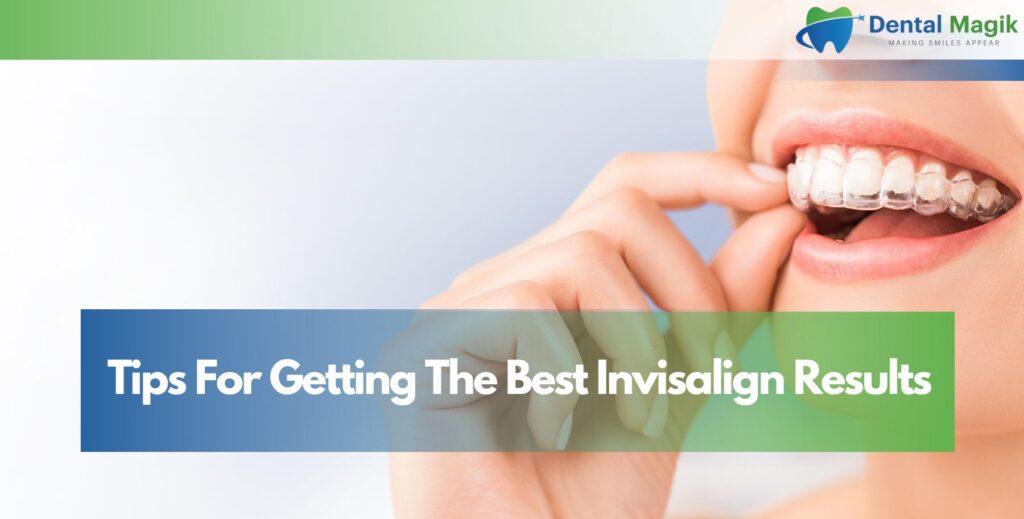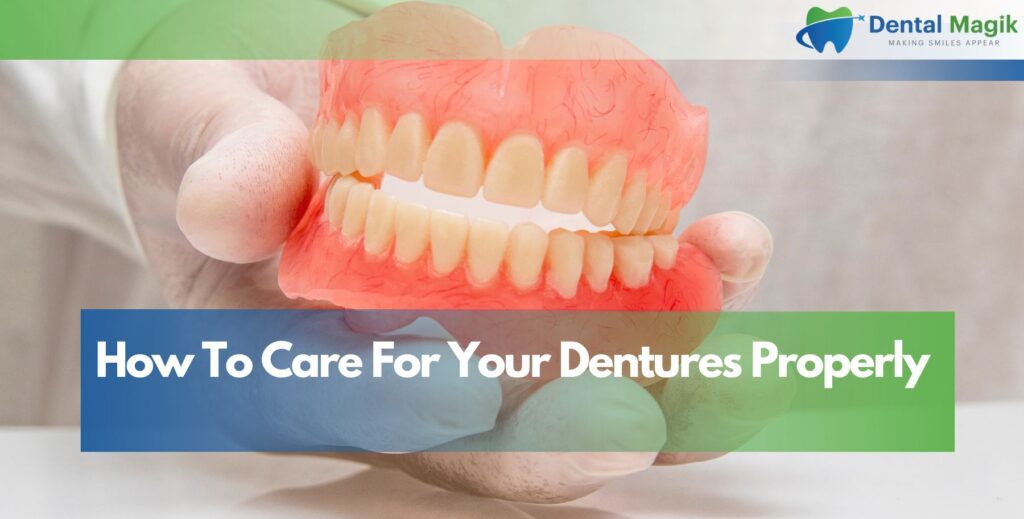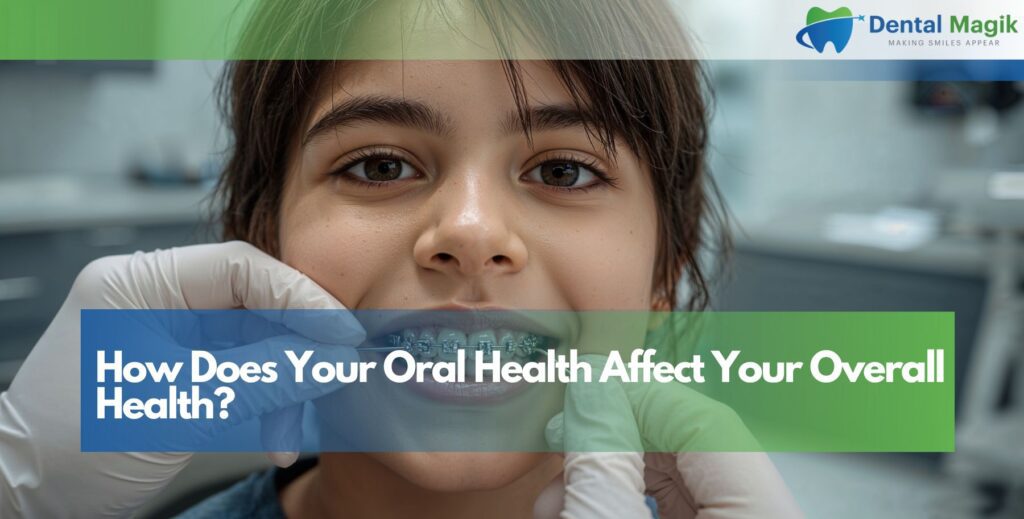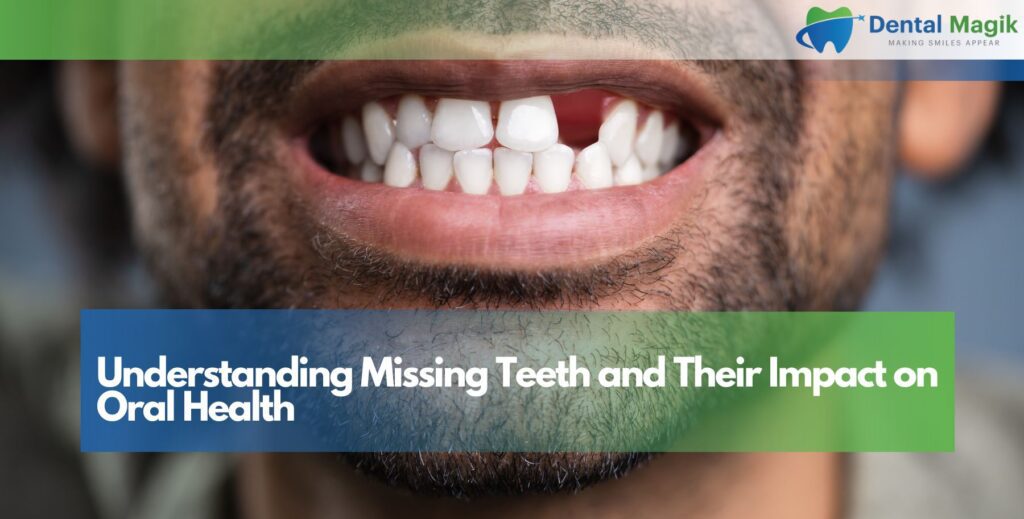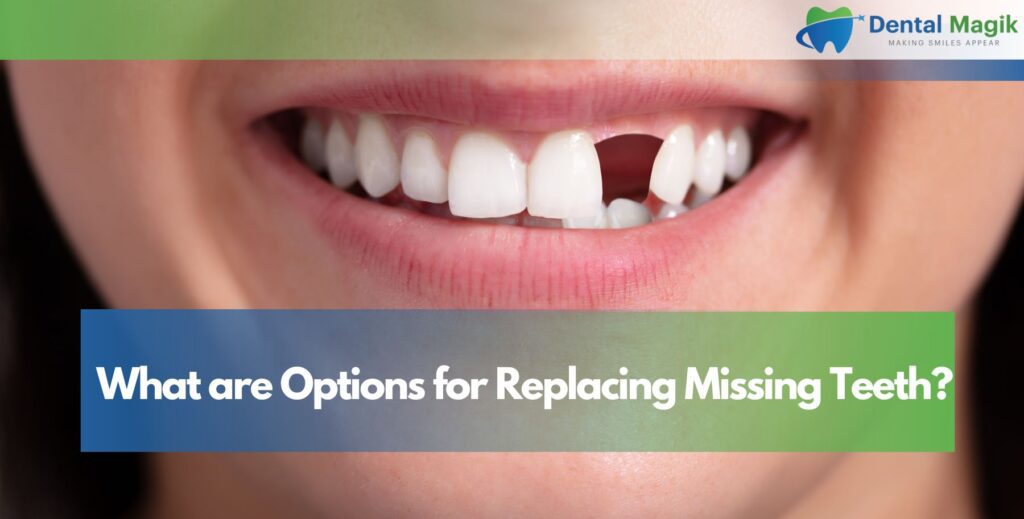Achieving a perfect smile with Invisalign requires more than just wearing your clear aligners. Success depends on following proven strategies, maintaining excellent oral hygiene, and working closely with your orthodontist. Whether you’re starting your Invisalign treatment or looking to optimize your current progress, these expert tips will help you maximize your results and achieve the straight, beautiful smile you’ve always wanted.
Understanding Your Invisalign Journey
Invisalign treatment represents a revolutionary approach to orthodontic care that uses virtually invisible clear aligners to gradually straighten teeth. Unlike traditional metal braces, these custom-made plastic aligners offer the flexibility to remove them for eating and cleaning while delivering precise teeth straightening results.
The success of your Invisalign journey depends on understanding the treatment process, following your orthodontist’s instructions, and maintaining consistent daily habits. Each set of aligners is designed to make specific tooth movements, and your compliance directly impacts the effectiveness and timeline of your treatment.
Essential Daily Habits for Invisalign Success
Developing consistent daily routines is fundamental to Invisalign success. These habits ensure optimal aligner tracking, maintain treatment progress, and prevent complications that could extend your orthodontic journey. Establishing proper routines from day one creates lasting patterns for teeth straightening excellence.
Wear Time Compliance
The most critical factor in Invisalign success is wearing your aligners for the recommended 20-22 hours daily. This wear time ensures consistent pressure on your teeth, allowing for predictable movement and optimal results.
Compliance tracking becomes easier when you establish a routine. Remove your aligners only for meals, snacking, and oral hygiene routines. Many patients find success using smartphone apps or alarms to track their daily wear time and ensure they meet the minimum requirements.
The 30-Minute Rule
Understanding the 30-minute rule for Invisalign is crucial for treatment success. This guideline suggests limiting the time your aligners are out of your mouth to 30 minutes per meal or snacking session. Longer removal periods can slow treatment progress and affect the fit of subsequent aligner trays.
Proper Invisalign Care and Maintenance
Maintaining your clear aligners properly extends their lifespan and ensures optimal oral health throughout treatment. Effective aligner care prevents bacterial buildup, maintains transparency, and keeps your Invisalign treatment on track for successful completion and beautiful results.
Cleaning Your Aligners
Maintaining clean Invisalign aligners is essential for oral health and treatment effectiveness. Aligner care involves daily cleaning with lukewarm water and gentle soap or specialized Invisalign cleaning crystals.
Avoid using hot water, which can warp the plastic aligners, or harsh chemicals that might damage the material. A soft-bristled toothbrush can help remove plaque buildup, but scrub gently to prevent scratching the aligner surface.
Storage and Handling
Proper aligner storage prevents loss and damage when eating or cleaning your teeth. Always use the provided case and never wrap aligners in napkins or tissues. Handle your aligners carefully when removing them, using the back teeth as leverage points rather than pulling from the front.
Optimizing Treatment Speed and Effectiveness
Accelerating your Invisalign results safely requires strategic approaches that enhance tooth movement while maintaining treatment quality. These proven methods help patients achieve their smile transformation goals more efficiently without compromising the precision and effectiveness of their orthodontic treatment.
Accelerated Orthodontics Options
Several methods can help Invisalign work faster while maintaining safety and effectiveness. Orthodontic accelerators like AcceleDent or Propel use gentle vibrations or micro-osteoperforations to stimulate bone remodeling and potentially reduce treatment time.
Chewies are small, cylindrical tools that help seat aligners properly and ensure optimal tooth contact. Using chewies for 10-15 minutes daily can improve aligner tracking and maintain treatment progress.
Lifestyle Modifications for Better Results
Your daily habits significantly impact Invisalign effectiveness. Avoiding hard, sticky, or sugary foods when aligners are removed helps prevent tooth decay and maintains oral health. Stay hydrated and rinse your mouth after eating to minimize bacterial growth.
Invisalign diet tips include eating nutritious foods that support oral health and avoiding habits like teeth grinding or nail biting that could interfere with treatment progress.
Managing Discomfort and Expectations
Understanding and managing Invisalign discomfort helps patients navigate their orthodontic journey with confidence. Setting realistic expectations about treatment progress and pain levels ensures better compliance and overall satisfaction with your teeth straightening experience and final results.
Understanding Invisalign Pain
Invisalign discomfort is normal, especially when transitioning to new aligner trays. The most painful stage of Invisalign typically occurs during the first few days of treatment as your teeth begin their initial movement.
Pain management strategies include taking over-the-counter pain relievers as directed, using cold compresses, and gradually introducing new aligners before bedtime to sleep through initial discomfort.
Tracking Progress and Adjustments
Regular orthodontic appointments allow your provider to monitor progress and make necessary adjustments. Invisalign tracking ensures your teeth are moving according to plan, and any deviations can be addressed promptly.
Take progress photos monthly to document your smile transformation and stay motivated throughout the treatment process. These images also help your orthodontist assess treatment effectiveness during appointments.
Oral Hygiene Excellence During Treatment
Exceptional oral hygiene during Invisalign treatment prevents complications and ensures optimal dental health throughout your orthodontic journey. Enhanced cleaning routines protect against tooth decay, gum disease, and other issues that could compromise your treatment progress and final results.
Enhanced Cleaning Routines
Invisalign oral hygiene requires more attention than traditional dental care. Brush and floss after every meal before reinserting aligners to prevent trapped food particles and bacterial growth.
Consider using an antimicrobial mouthwash and interdental brushes to reach areas that traditional brushing might miss. Water flossers can be particularly effective for maintaining gum health during orthodontic treatment.
Preventing Common Issues
Invisalign complications like gum recession, tooth decay, or bad breath can be prevented with proper oral hygiene and regular dental checkups. Address any concerns with your orthodontist promptly to avoid treatment delays.
Financial Considerations and Value Maximization
Making Invisalign treatment financially accessible requires understanding all available options and maximizing the value of your investment. Strategic planning helps patients achieve their smile transformation goals while managing costs effectively through insurance, payment plans, and provider selection.
Getting the Best Invisalign Deal
Research Invisalign cost options and compare treatment plans from multiple providers. Many orthodontists offer payment plans, insurance coordination, or promotional pricing that can make treatment more affordable.
Consider the total value of treatment, including the provider’s experience, technology used, and post-treatment support. Sometimes paying slightly more for experienced care results in better outcomes and fewer complications.
Insurance and Payment Options
Dental insurance coverage for Invisalign varies by plan, but many policies provide partial reimbursement for orthodontic treatment. Flexible spending accounts (FSAs) and health savings accounts (HSAs) can also help manage treatment costs.
Long-term Success and Retention
Maintaining your Invisalign results requires commitment to retention protocols and ongoing oral health practices. Understanding post-treatment care ensures your smile transformation remains stable and beautiful for years, protecting your investment in orthodontic treatment and continued confidence.
Post-Treatment Care
Invisalign retention is crucial for maintaining your new smile. Retainers prevent teeth from shifting back to their original positions, and consistent wear as directed by your orthodontist ensures lasting results.
The retention phase typically involves wearing retainers full-time initially, then transitioning to nighttime wear. Some patients may need permanent fixed retainers for optimal long-term stability.
Maintaining Results
Continue excellent oral hygiene practices after treatment completion. Regular dental cleanings and checkups help maintain both the health and appearance of your newly straightened teeth.
Choosing the Right Invisalign Provider
Selecting an experienced Invisalign provider significantly impacts your treatment success and overall experience. The right orthodontist combines technical expertise with advanced technology and personalized care, ensuring optimal teeth straightening results and patient satisfaction throughout your orthodontic journey.
Qualifications and Experience
Select an Invisalign provider with extensive experience and proper credentials. Invisalign certified orthodontists or dentists with significant clear aligner experience typically achieve better outcomes.
Research provider reviews, before-and-after photos, and ask about their experience with cases similar to yours. Invisalign Premier Providers or Diamond Providers have demonstrated expertise through successful case completions.
Technology and Treatment Planning
Modern Invisalign treatment utilizes advanced 3D imaging and digital treatment planning for precise results. Providers using iTero scanners and comprehensive treatment planning software often deliver superior outcomes.
Conclusion
Achieving optimal Invisalign results requires commitment, proper care, and following proven strategies throughout your orthodontic journey. By maintaining excellent wear time compliance, practicing superior oral hygiene, and working closely with your provider, you can maximize treatment effectiveness and achieve the beautiful, straight smile you desire.
Success with Invisalign depends on your dedication to the process and choosing an experienced provider who understands the nuances of clear aligner therapy. With proper planning, consistent habits, and professional guidance, your smile transformation can exceed expectations and provide lasting confidence.
For residents seeking exceptional Invisalign treatment and orthodontic care, consulting with the Best Dentist in East Brunswick, NJ ensures access to experienced professionals who prioritize patient success and satisfaction throughout the entire treatment journey.
Frequently Asked Questions
What is the 30 minute rule for Invisalign?
The 30-minute rule for Invisalign suggests limiting aligner removal to 30 minutes per meal or snacking session. This guideline helps maintain optimal wear time of 20-22 hours daily, ensuring consistent teeth straightening progress and preventing treatment delays.
What helps Invisalign work faster?
Several strategies help Invisalign work faster: maintaining strict wear time compliance, using chewies daily, considering orthodontic accelerators like AcceleDent, following proper aligner care, and attending regular orthodontic appointments for monitoring and adjustments.
How to get the best deal on Invisalign?
To get the best deal on Invisalign: compare multiple orthodontist quotes, ask about payment plans and promotions, check dental insurance coverage, use FSA/HSA funds, and consider the total treatment value including provider experience and technology used.
What is the most painful stage of Invisalign?
The most painful stage of Invisalign typically occurs during the first few days of treatment when teeth begin initial movement. New aligner trays may cause discomfort for 2-3 days as teeth adjust to pressure, but pain management techniques help minimize discomfort.
Does Invisalign hurt with every new tray?
Invisalign discomfort with new aligner trays is common but typically decreases over time. Most patients experience mild pressure or soreness for 1-3 days with each new tray, indicating the aligners are working to move teeth into proper position.
Will Invisalign change my face shape?
Invisalign can subtly change face shape by improving bite alignment and jaw positioning. These changes are typically positive, creating better facial proportions and profile enhancement. Significant facial changes are rare and usually involve addressing severe bite issues.
Do your lips change after Invisalign?
Lips after Invisalign may appear slightly different due to improved tooth positioning and bite alignment. Changes are usually subtle and positive, with better lip support and improved smile aesthetics. Most patients are pleased with their enhanced facial appearance.
Is there a negative side to Invisalign?
Invisalign disadvantages include: temporary speech changes, initial discomfort, strict wear time requirements, higher cost than traditional braces, and the need for excellent compliance. However, most patients find the benefits outweigh these temporary challenges.
Can Invisalign cause gum recession?
Invisalign gum recession is rare when treatment is properly managed. Maintaining excellent oral hygiene, attending regular dental checkups, and following orthodontist instructions help prevent gum problems. Any gum issues should be addressed immediately with your dental provider.

